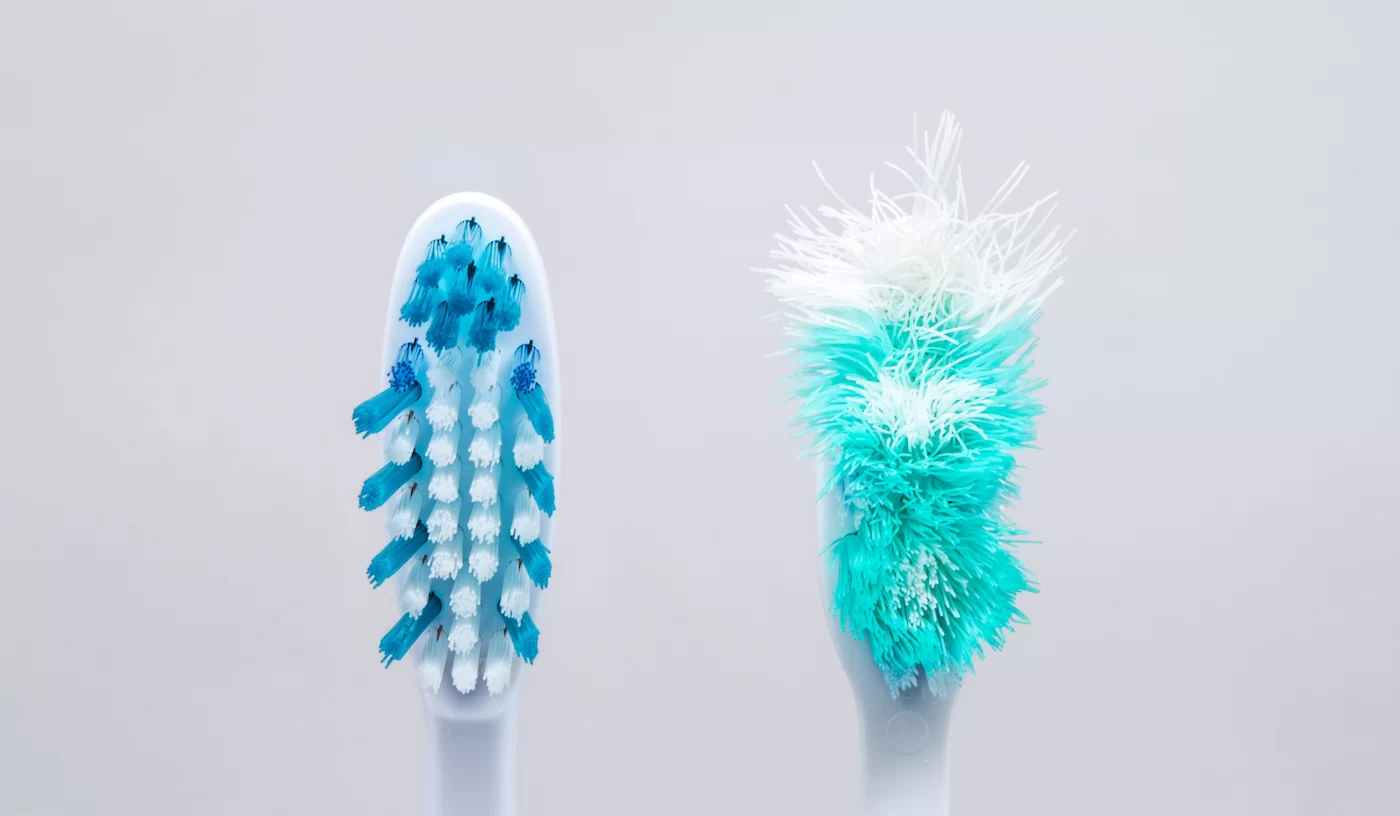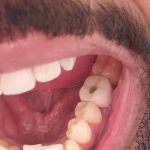
How Often Should You Replace Your Toothbrush for Better Oral Health?
- 1. Why Replacing Your Toothbrush Matters
- 2. How Long Should a Toothbrush Last?
- 3. Signs You Need to Replace Your Toothbrush
- 4. Real-Life Case: The Impact of Not Replacing Your Toothbrush
- 5. Conclusion: Keep Your Smile Healthy with Proper Toothbrush Care
1. Why Replacing Your Toothbrush Matters
Your toothbrush is your first line of defense against plaque, cavities, and gum disease. Over time, the bristles on your toothbrush wear down and lose their effectiveness, meaning they can no longer properly clean your teeth. A worn toothbrush is less able to remove plaque and food particles, leading to a higher risk of developing oral health issues such as tooth decay and gum inflammation. Regularly replacing your toothbrush ensures that you continue to clean your teeth effectively and maintain good oral hygiene.
2. How Long Should a Toothbrush Last?
Typically, dentists recommend replacing your toothbrush every three to four months. This is because, after this period, the bristles start to lose their shape and effectiveness. However, some factors may require more frequent replacement. For example, if you have a particularly hard brushing technique, your toothbrush may wear out quicker. Additionally, if you’ve been sick or had a cold, it’s a good idea to replace your toothbrush to avoid reintroducing germs into your mouth.
Electric toothbrush heads also need to be replaced regularly. Depending on the model and usage, these should typically be changed every three months as well to ensure optimal performance. Keeping track of when you last replaced your toothbrush can help you maintain a routine that supports your oral health.
3. Signs You Need to Replace Your Toothbrush
Sometimes, the need for a new toothbrush is obvious. Here are a few signs that it’s time to toss your old toothbrush and get a fresh one:
- Frayed bristles: If the bristles of your toothbrush are splayed out or worn down, it’s no longer effective at cleaning your teeth.
- Change in color: Some toothbrushes have color indicators on the bristles that fade when it’s time for a replacement.
- After illness: If you've been sick, replacing your toothbrush can help prevent germs from lingering on the bristles.
Pay attention to these signs and make sure to replace your toothbrush regularly to maintain the best possible oral hygiene.
4. Real-Life Case: The Impact of Not Replacing Your Toothbrush
Let’s look at a real-life case: Maria, a 45-year-old woman, had been using the same toothbrush for six months without realizing how worn out it had become. She started to experience gum irritation and noticed that her teeth felt less clean after brushing. After visiting her dentist, she learned that her old toothbrush was no longer doing its job effectively. The dentist recommended replacing it every three months for optimal cleaning and also advised her on how to brush more gently to prevent gum damage. Since switching to a new toothbrush, Maria’s gums have healed, and her teeth feel much cleaner after every brushing.
5. Conclusion: Keep Your Smile Healthy with Proper Toothbrush Care
Replacing your toothbrush regularly is one of the simplest but most important steps you can take to maintain good oral health. A new toothbrush ensures that your teeth and gums are being properly cleaned, which can help you avoid problems like plaque buildup, cavities, and gum disease. Remember to replace your toothbrush every three to four months, and don’t forget to watch for the signs that it’s time for a new one.
If you’re looking for a high-quality toothbrush that can make a difference in your oral care routine, consider checking out the wide selection of toothbrushes available at Dentistry Toothtruth. Maintaining healthy teeth starts with the right tools – make sure your toothbrush is up to the task!







 BGW Dental Group4.0 (292 review)
BGW Dental Group4.0 (292 review) Smile Dental Boutique | Mission Viejo Dentist4.0 (70 review)
Smile Dental Boutique | Mission Viejo Dentist4.0 (70 review) Comfort Dental Puyallup - Your Trusted Dentist in Puyallup4.0 (312 review)
Comfort Dental Puyallup - Your Trusted Dentist in Puyallup4.0 (312 review) Audubon Dental Associates Ltd5.0 (6 review)
Audubon Dental Associates Ltd5.0 (6 review) Dental Care 2000 Plus, West Foothill Boulevard, Monrovia, CA4.0 (17 review)
Dental Care 2000 Plus, West Foothill Boulevard, Monrovia, CA4.0 (17 review) Midlothian Family Dentistry4.0 (649 review)
Midlothian Family Dentistry4.0 (649 review) The Importance of Oral Health Education During Pregnancy for a Healthy Pregnancy
The Importance of Oral Health Education During Pregnancy for a Healthy Pregnancy Best Tips for Brushing Your Teeth Properly for Healthy Gums: Essential Techniques for Oral Health
Best Tips for Brushing Your Teeth Properly for Healthy Gums: Essential Techniques for Oral Health Why Skipping Dental Checkups Can Lead to Bigger Oral Health Problems
Why Skipping Dental Checkups Can Lead to Bigger Oral Health Problems Advantages of Porcelain Dental Restorations
Advantages of Porcelain Dental Restorations How Can Diabetes Cause Tooth and Gum Problems? Preventing and Managing Oral Health Issues
How Can Diabetes Cause Tooth and Gum Problems? Preventing and Managing Oral Health Issues Healthy Habits for Promoting Good Oral Health and Hygiene: Tips for a Healthy Smile
Healthy Habits for Promoting Good Oral Health and Hygiene: Tips for a Healthy Smile